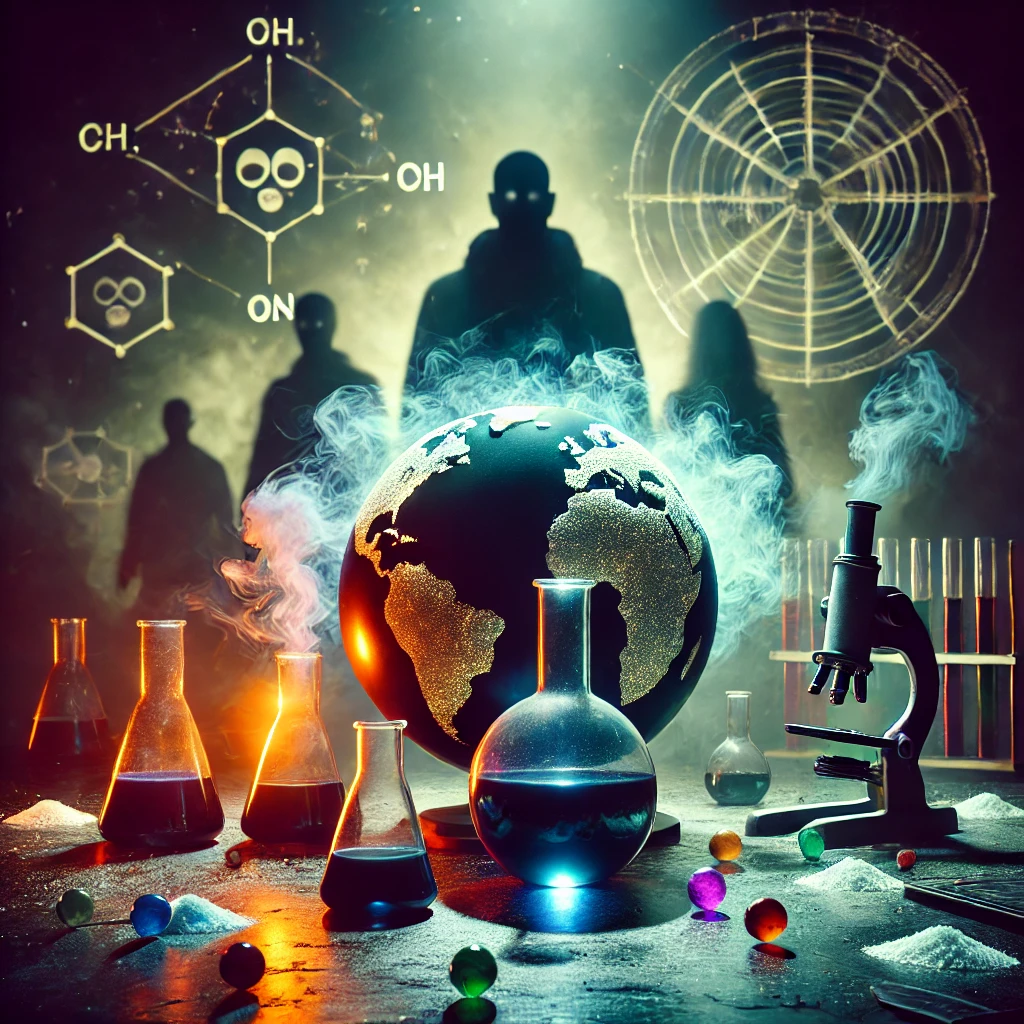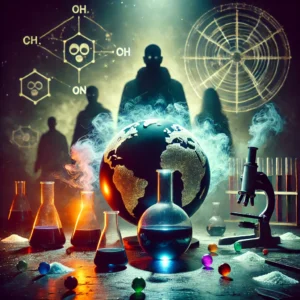G20 SummitG7 Summit
July 23, 2024
The Rise of Synthetic Drugs: Implications, Risks, and Regulatory Challenges.,
23 July 2024

The Rise of Synthetic Drugs: Implications, Risks, and Regulatory Challenges
In recent years, the landscape of drug use has been transformed by the emergence of synthetic drugs, which are created using man-made chemicals rather than natural ingredients. These substances, often called “designer drugs,” mimic the effects of traditional illegal drugs like cocaine, cannabis, and ecstasy but can be far more dangerous due to their unpredictable effects and potency.
Understanding Synthetic Drugs
Synthetic drugs are categorized mainly into two types: synthetic cannabinoids and synthetic cathinones. Synthetic cannabinoids, commonly known as “spice” or “K2,” are artificial chemicals sprayed on plant material that is then smoked. Synthetic cathinones, better known as “bath salts,” are stimulants that produce effects similar to amphetamines and cocaine.
These drugs are engineered in laboratories and constantly modified to evade drug laws, making them a moving target for regulators. They are often marketed as safe and legal alternatives to their illicit counterparts, which is misleading and potentially dangerous.
Health Risks Associated with Synthetic Drugs
The health risks of synthetic drugs are severe and, in some cases, life-threatening. Because their chemical compositions are frequently altered, the effects can be unpredictable and vary widely from batch to batch. Common adverse effects include severe agitation, rapid heart rate, hallucinations, and psychosis. There have been numerous reports of overdoses and fatalities linked to synthetic drug use.
The potency of these drugs can also lead to quick and severe addiction, with withdrawal symptoms that are often more intense than those of natural drugs. The long-term effects on the brain and body are still being studied, but early evidence suggests significant potential for harm.
Regulatory and Legal Challenges
Regulating synthetic drugs poses a significant challenge. Manufacturers frequently alter the molecular structures of these substances to skirt legal restrictions, creating a cat-and-mouse game with authorities. This continual modification not only makes them difficult to regulate but also complicates the efforts of health professionals to treat overdoses and adverse reactions, as the specific chemical composition of the drug may not be known.
Global Response and Strategies
Nations around the world have responded by banning substances as they become known, but the rapid pace at which new variants appear makes this strategy only partially effective. Some countries have started to implement more general bans on broader classes of chemicals to combat this issue.
Education and public awareness campaigns are crucial in combating the spread of synthetic drugs. Potential users often underestimate the dangers associated with these substances, partly due to their legal status and availability. Highlighting the risks and promoting healthier alternatives can help reduce their appeal.
Conclusion
The rise of synthetic drugs is a global health crisis that requires a coordinated response. While regulation and enforcement are crucial, they must be complemented by education and prevention strategies to reduce demand. As the market for these drugs evolves, so too must our approaches to dealing with them, focusing on public health as much as on legal enforcement. The complexity and danger of synthetic drugs call for a nuanced and proactive approach to prevent further harm and safeguard communities worldwide.





